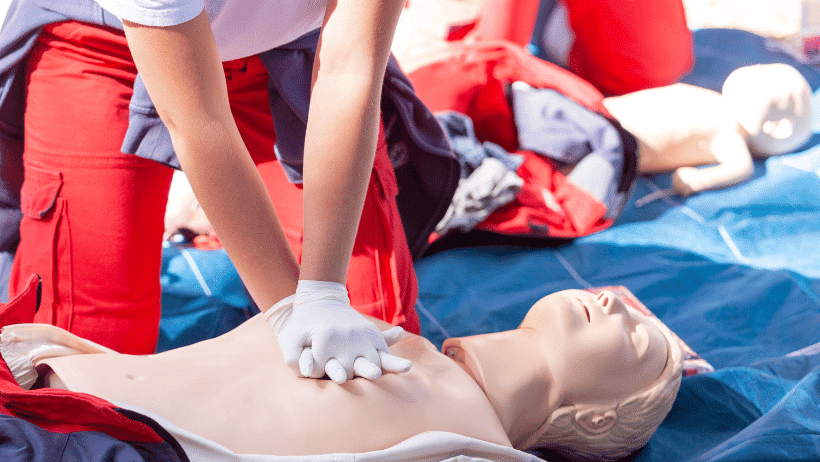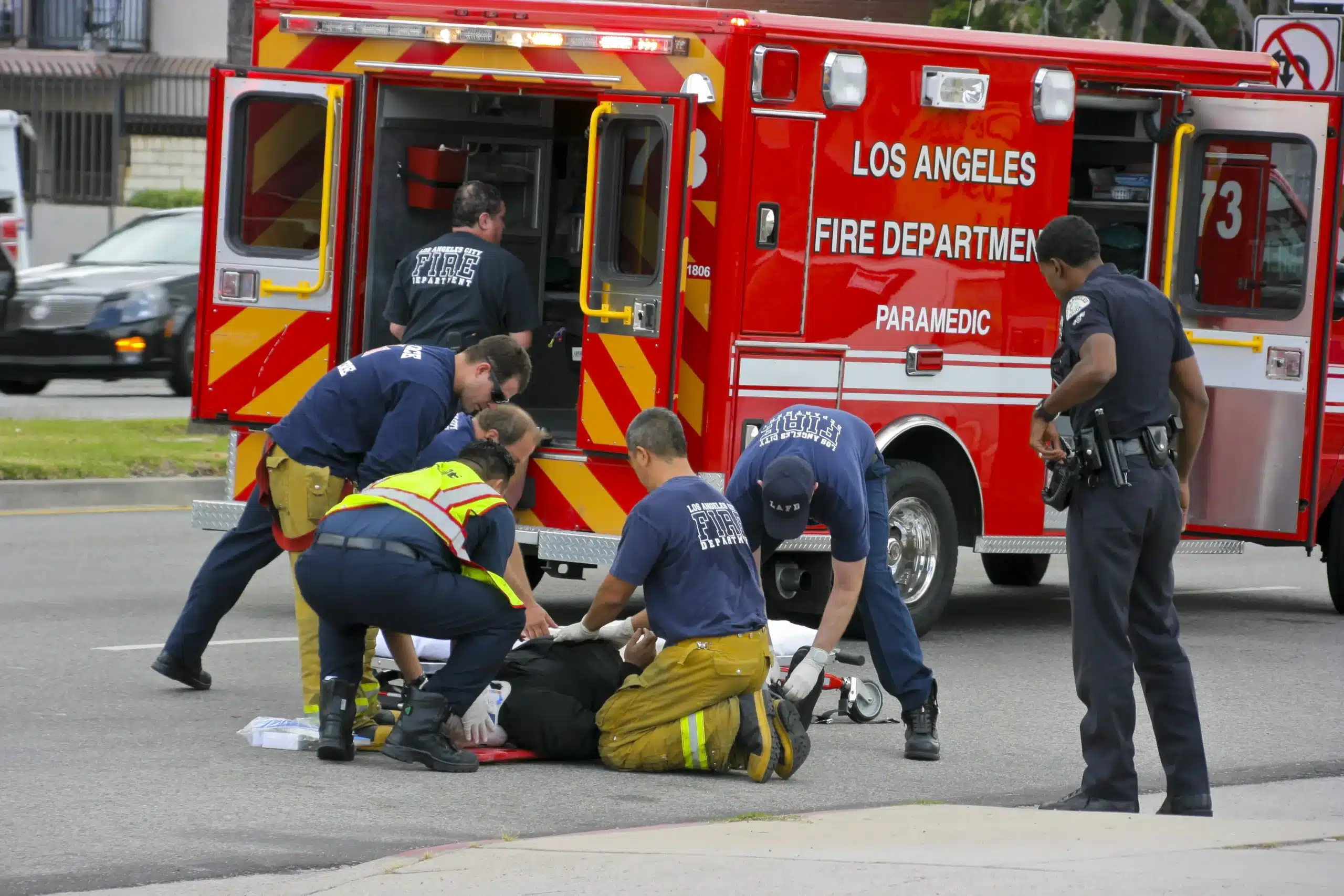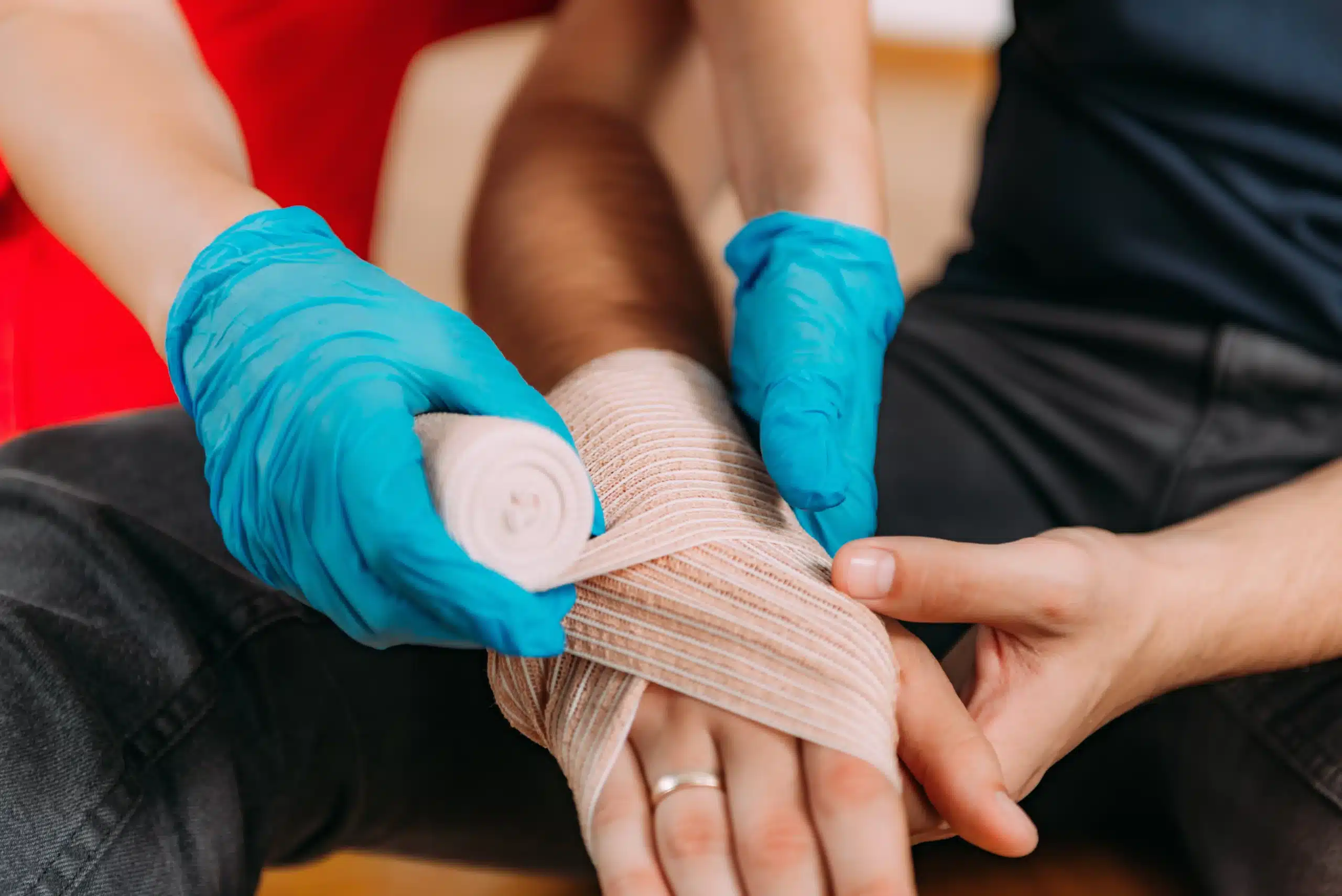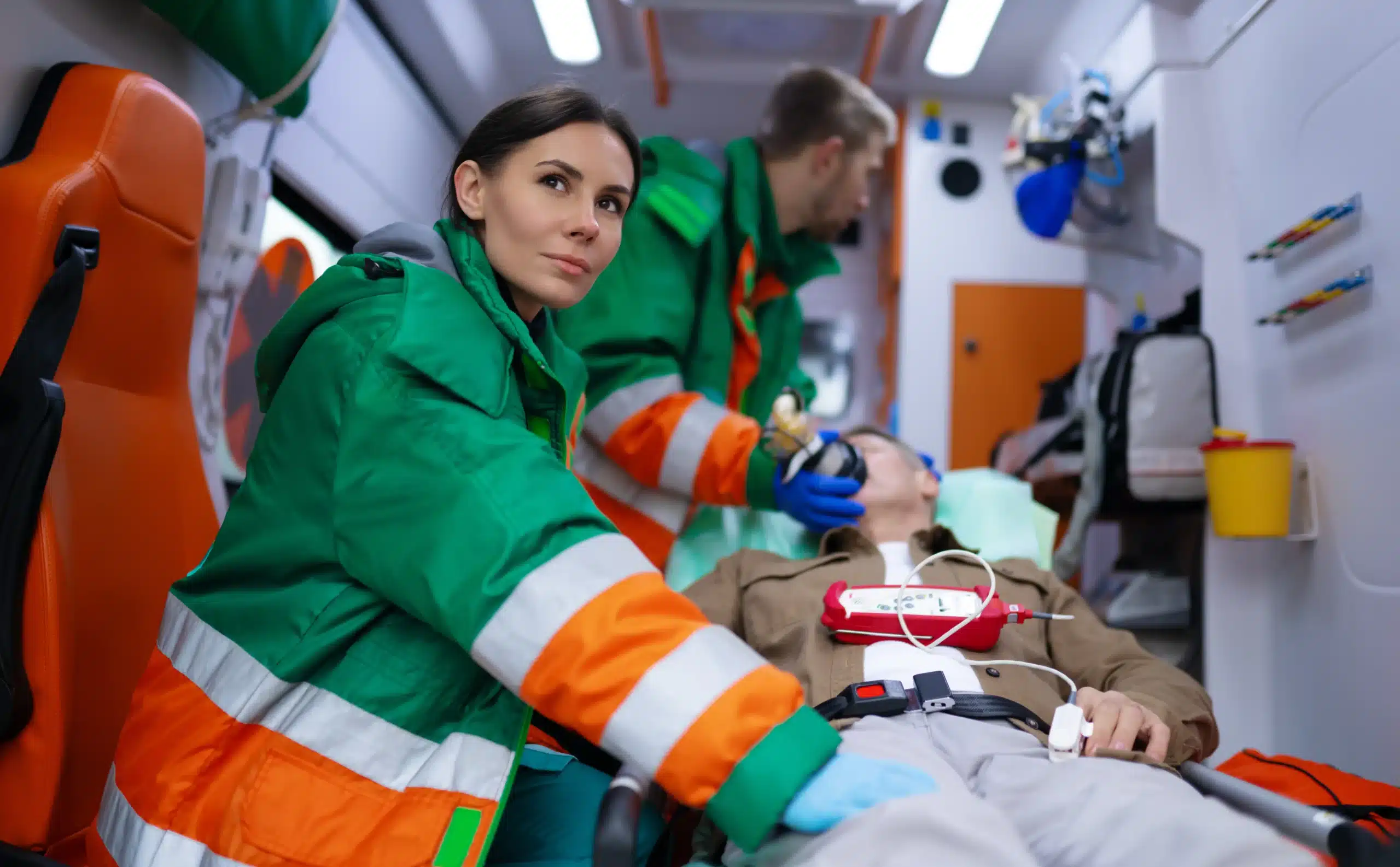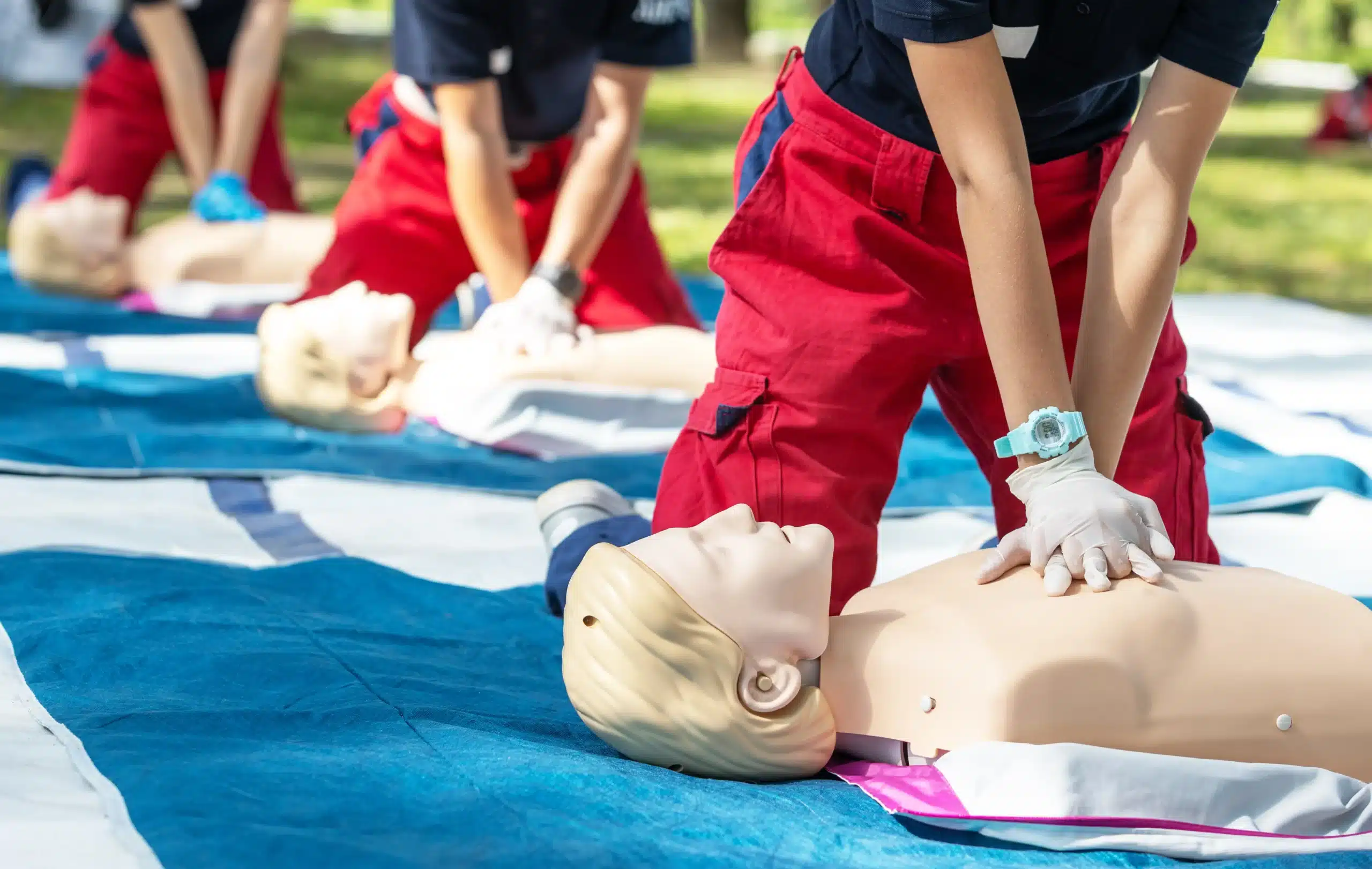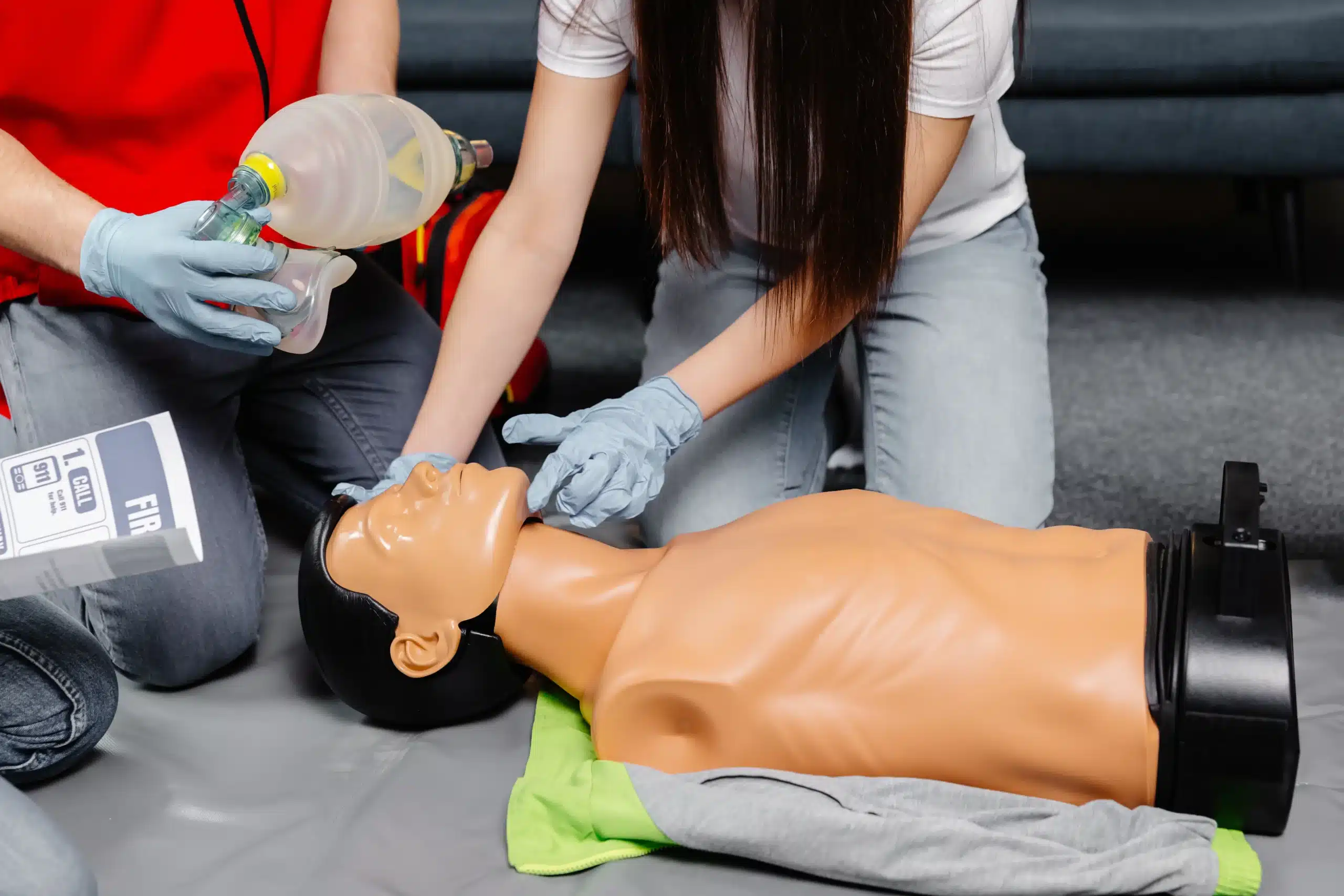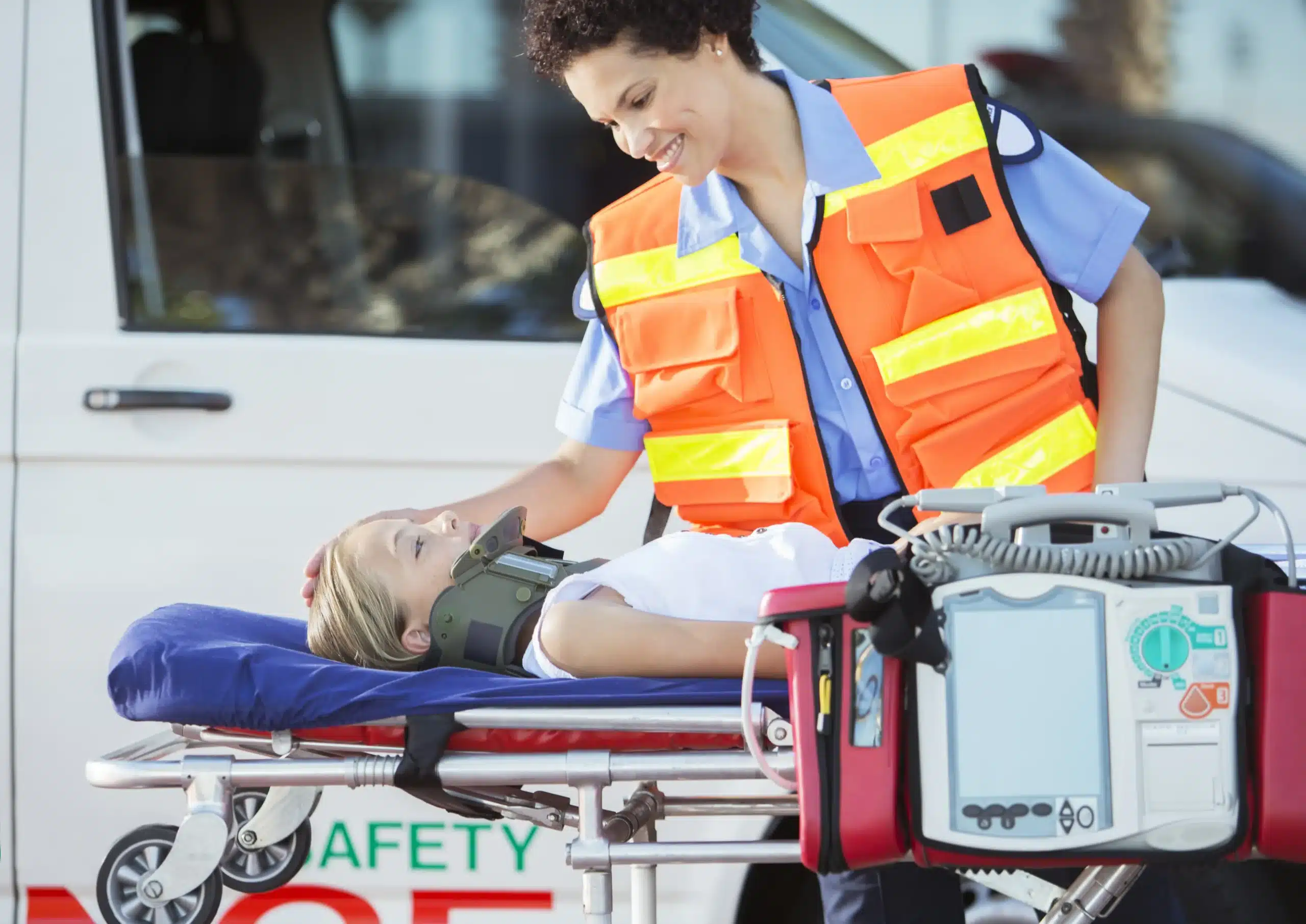Introduction – Science Behind Effective CPR
Cardiopulmonary resuscitation, more commonly known as CPR, is a crucial life-saving technique. It’s a procedure that anyone, not just medical professionals, can learn and use to save a life in an emergency. But what exactly is the science behind this vital procedure? Let’s dive into the heart of the matter. Explore the Science Behind Effective CPR (Cardiopulmonary Resuscitation)
The Heart’s Role
The human heart, a muscular organ roughly the size of a fist, serves as the engine for the circulatory system. It pumps oxygenated blood throughout the body, keeping our organs functioning and our bodies alive. When the heart stops, so does this essential function, leading to oxygen deprivation and possible death.
The Function of CPR
When the heart stops beating, be it from a heart attack, drowning, or other causes, CPR steps in to manually pump the heart. By applying rhythmic compressions to the chest, the person performing CPR effectively becomes a human heart pump, providing vital oxygen to the brain and other organs.
The Science of Chest Compressions
The compressions applied during CPR are not random; they follow a specific rhythm. Research has shown that the optimal rate is around 100-120 compressions per minute. This speed provides the best chance of maintaining blood flow while minimizing damage to the heart muscle itself.
The Role of Rescue Breaths
In addition to chest compressions, rescue breaths play an integral part in the CPR process. These breaths supply the lungs with oxygen, which is then transported to the brain and other organs by the artificial circulation created by the chest compressions. Without oxygen, brain cells begin to die within minutes.
The Integration of Automated External Defibrillators (AEDs)
In many cases, CPR alone is not enough to restart a heart. That’s where Automated External Defibrillators (AEDs) come into play. These devices deliver an electric shock to the heart, potentially resetting the heart’s rhythm back to normal.
The Importance of Immediate Action
Time is of the essence when it comes to CPR. The sooner CPR is started after cardiac arrest, the greater the chance of survival. Every minute without CPR reduces the chance of survival by 7-10%. This emphasizes the critical importance of immediate action.
The Influence of Training and Practice
While the basics of CPR may seem simple, effective execution requires training and practice. Learning the correct techniques, understanding when to use them, and building the confidence to take action in an emergency can make all the difference.
Conclusion – Science Behind Effective CPR
CPR is a life-saving procedure that relies on both the application of precise physical techniques and a deep understanding of the human body’s circulatory system. By grasping the science behind CPR, we can better appreciate its value and the critical role it plays in emergency medical care.
